Key in a search term below to search our website.
Key in a search term below to search our website.
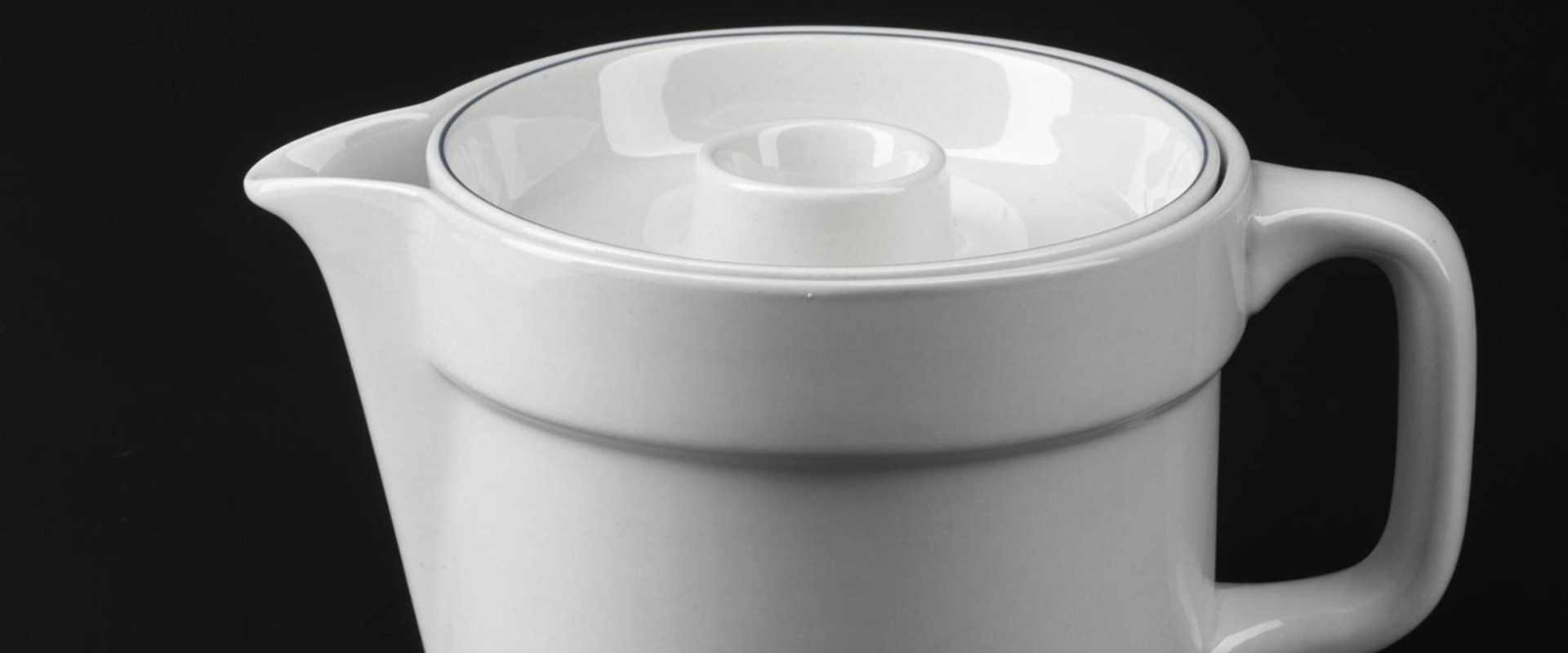
Named for the fine blue line that runs along the edges of the light grey faience, and received the inaugural Danish Industrial Design Prize (ID) in 1965.
Date
1965
Designed by
Grethe Meyer
Made from
Ceramic
Made in
Denmark by Royal Copenhagen
Museum reference
K.2015.23.292.2, K.2015.23.285, K.2015.23.283, K.2015.23.277.2, K.2015.23.276.3
Did you know?
Royal Copenhagen was the first Danish porcelain factory to receive Royal patronage, having been commissioned to create a range of services for the Danish royal court.
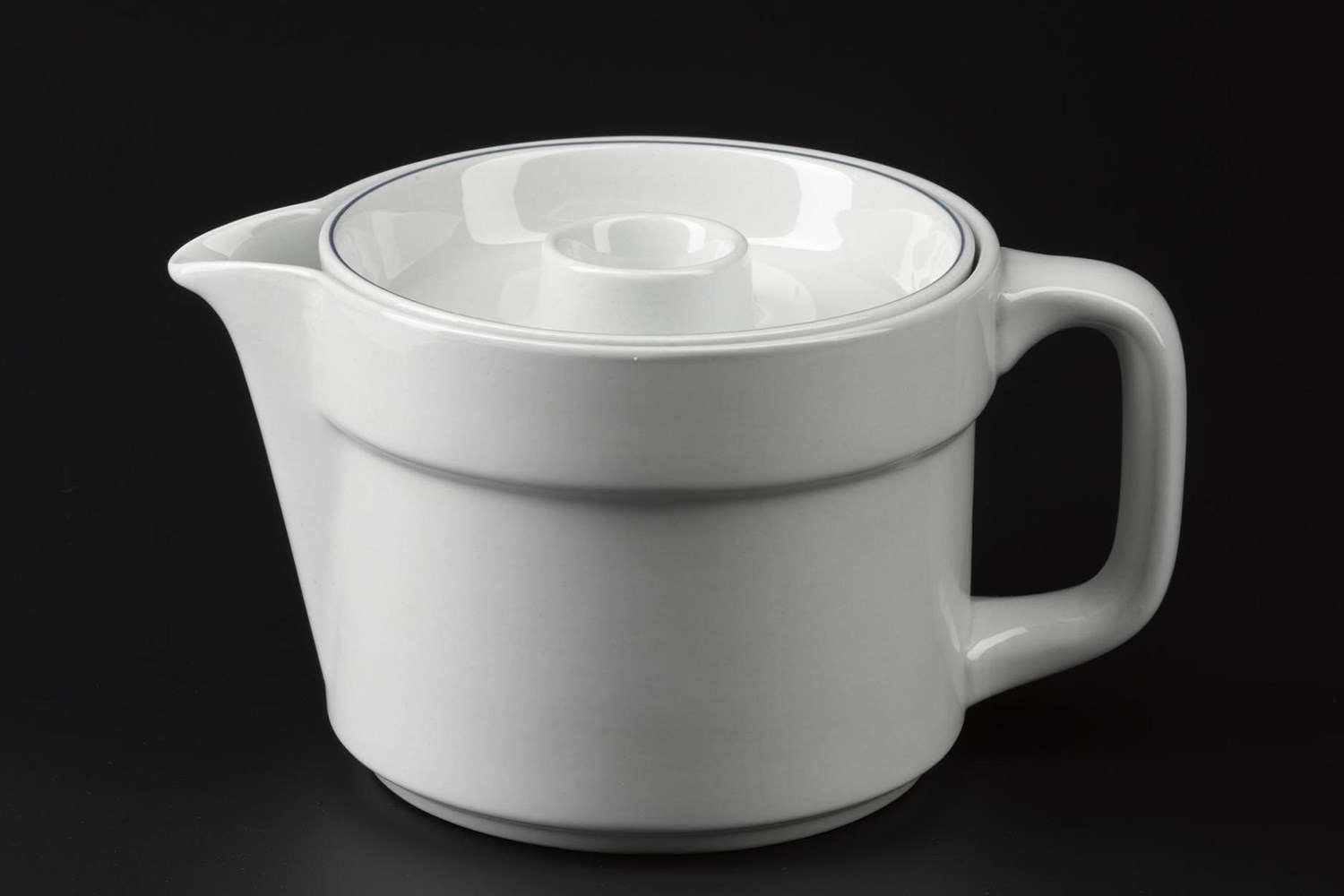
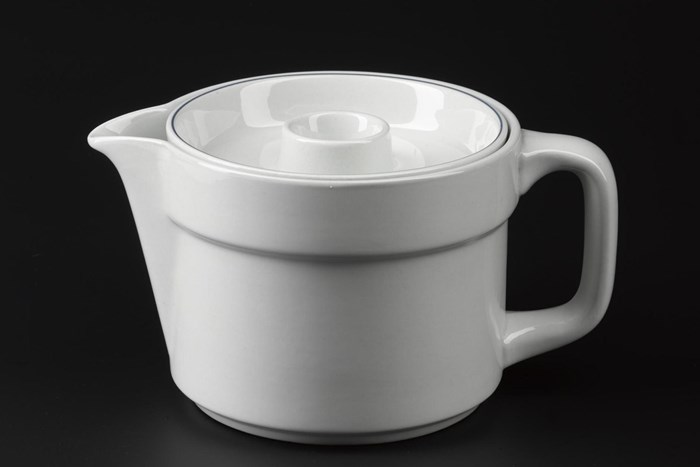
Teapot in Blå Kant (Blue Line)
Grethe Meyer was one of the most distinguished Danish industrial designers, producing ranges for Royal Copenhagen and Georg Jensen, among others. In 1960 Meyer founded her own architectural and design practice, which focused on designing everyday products for the table and kitchen.
She had an analytical eye, studying how people interacted within the home, researching eating habits and space limitations. Her influential research led the way into standardising the size of products.
Keeping in mind the way people live with her pieces, she used her knowledge and research to create products that were not only beautiful, but also highly usable and practical. She strongly believed that individuals should have fewer items that they could afford but of the best quality. And used her training and knowledge of form, mass and industrial production techniques to produce pieces which were minimalist yet tactile, a characteristic of all Scandinavian design.
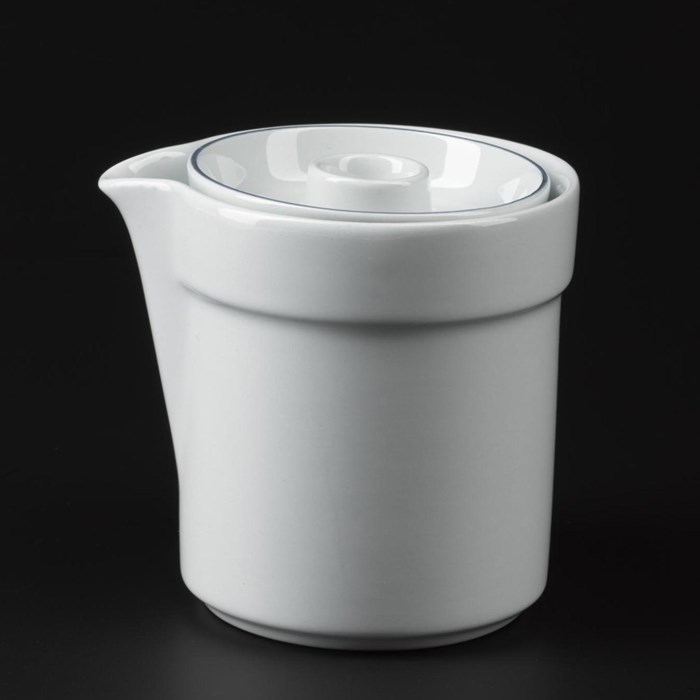
Creamer in Blå Kant (Blue Line)
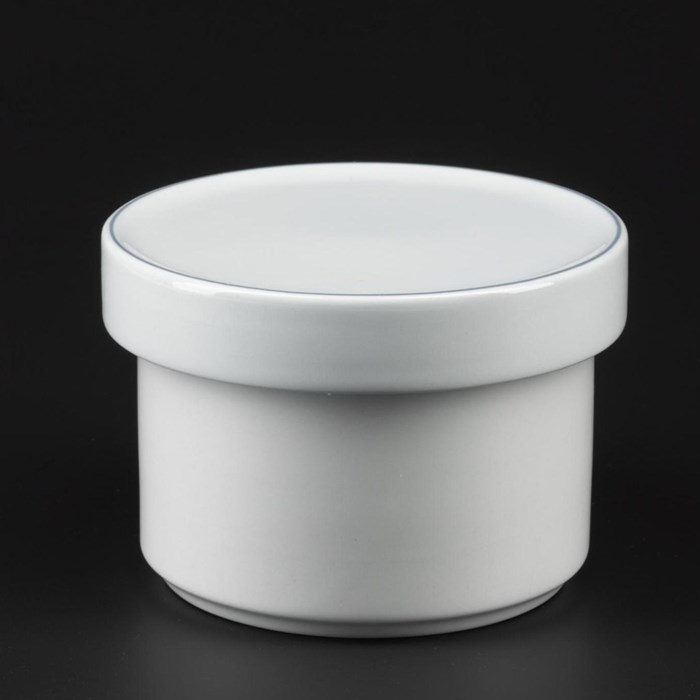
Sugar bowl lid in Blå Kant (Blue Line)
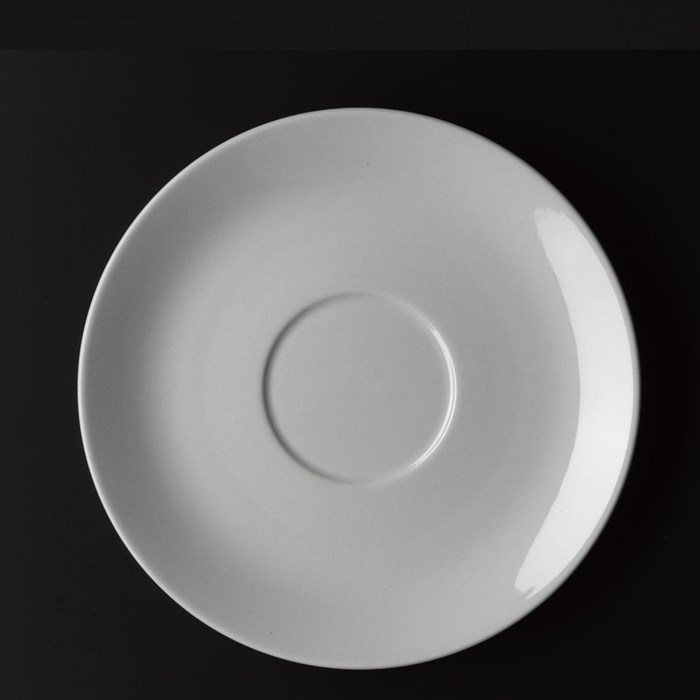
Saucer in Blå Kant (Blue Line)
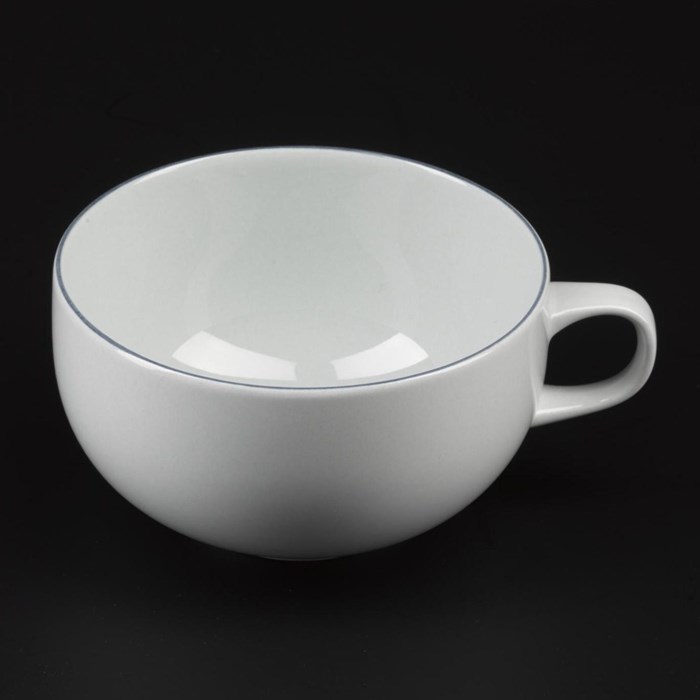
Cup in Blå Kant (Blue Line)
In the Nordic countries during both the inter-war and the post-war years, Modernism in ceramics followed both the Studio Pottery and ‘Industrial Design models of design and production. In Denmark companies such as the Royal Copenhagen Porcelain Factory and Bing & Grøndahl, originally founded in the 18th and 19th centuries respectively, were at the forefront of the post-war mass manufacture of well-designed industrially -produced ceramics.
A particular feature of Nordic Modernism was the fact that many of the leading designers, such as Henning Koppel, Grethe Meyer, and Vivianna Torun Bülow-Hübe, designed for various manufacturers across different media, such as ceramics, wood, glass and metal ware. This stylistic unity of objects and home furnishings meant that, for the first time, a stylish home was affordable for a large section of society.
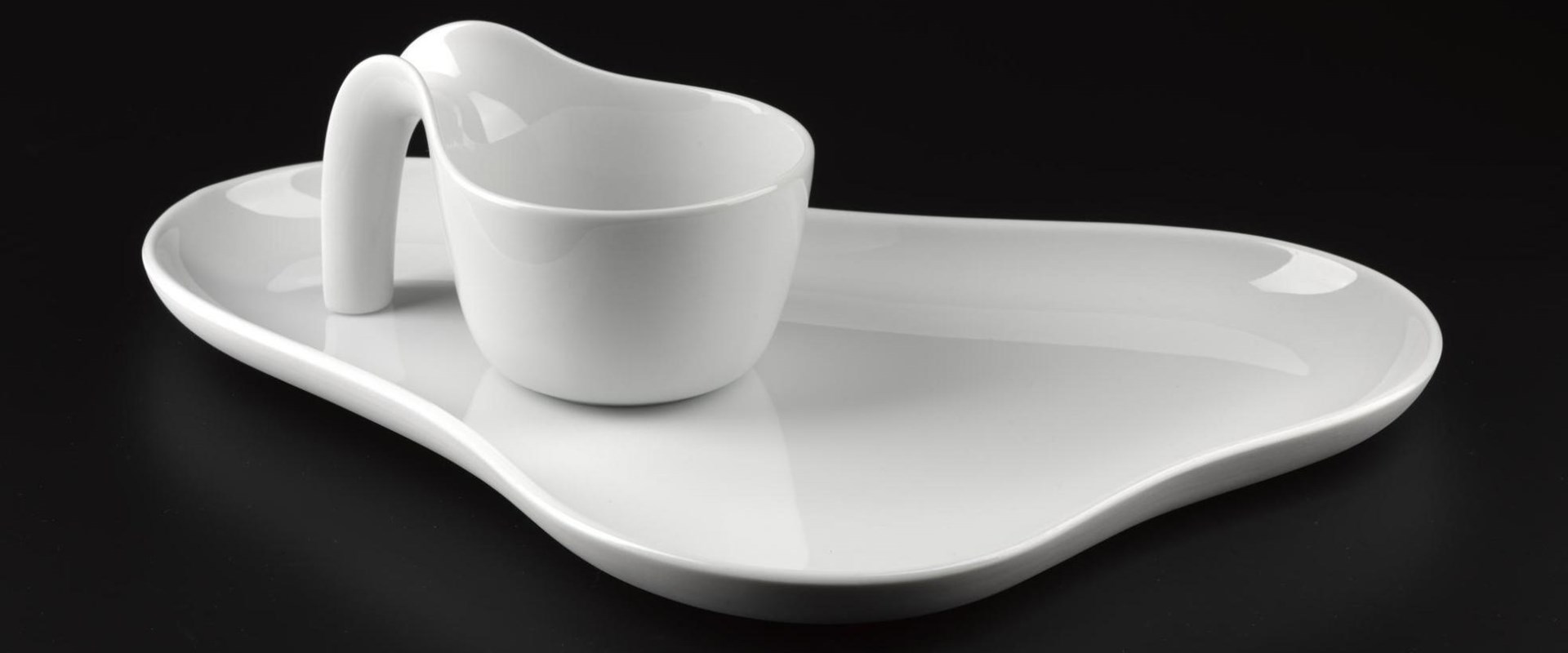
OLE mug and platter, Designed by Ole Jensen for Royal Copenhagen, Denmark, 1997
Royal Copenhagen has remained at the forefront of Nordic ceramic manufacture since 1775. It was the first Danish porcelain factory to receive Royal patronage, having been commissioned to create a range of services for the Danish royal court. Working with artists and designers to create both high-quality domestic and exclusive art pieces, the company has played a pivotal role in defining and promoting Danish applied arts.
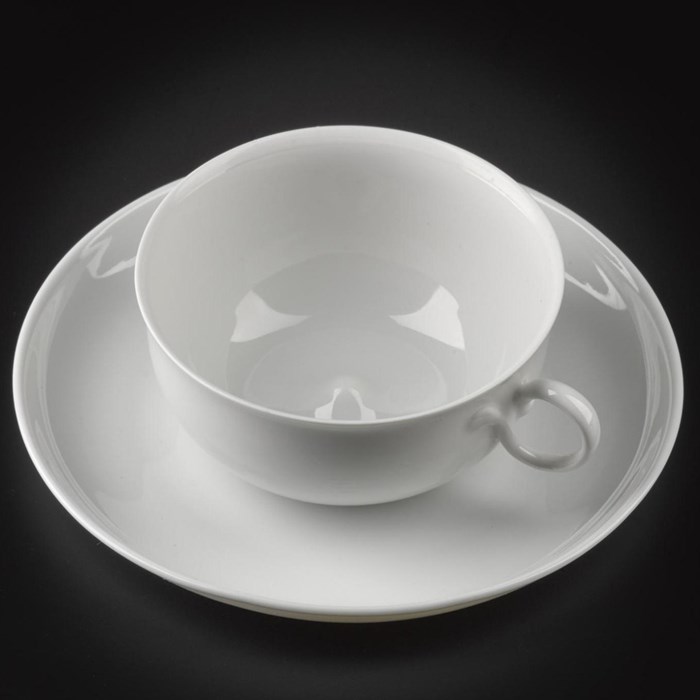
My Favourite Cup, Designed by Vivianna Torun Bülow-Hübe for Royal Copenhagen, Denmark, 1989
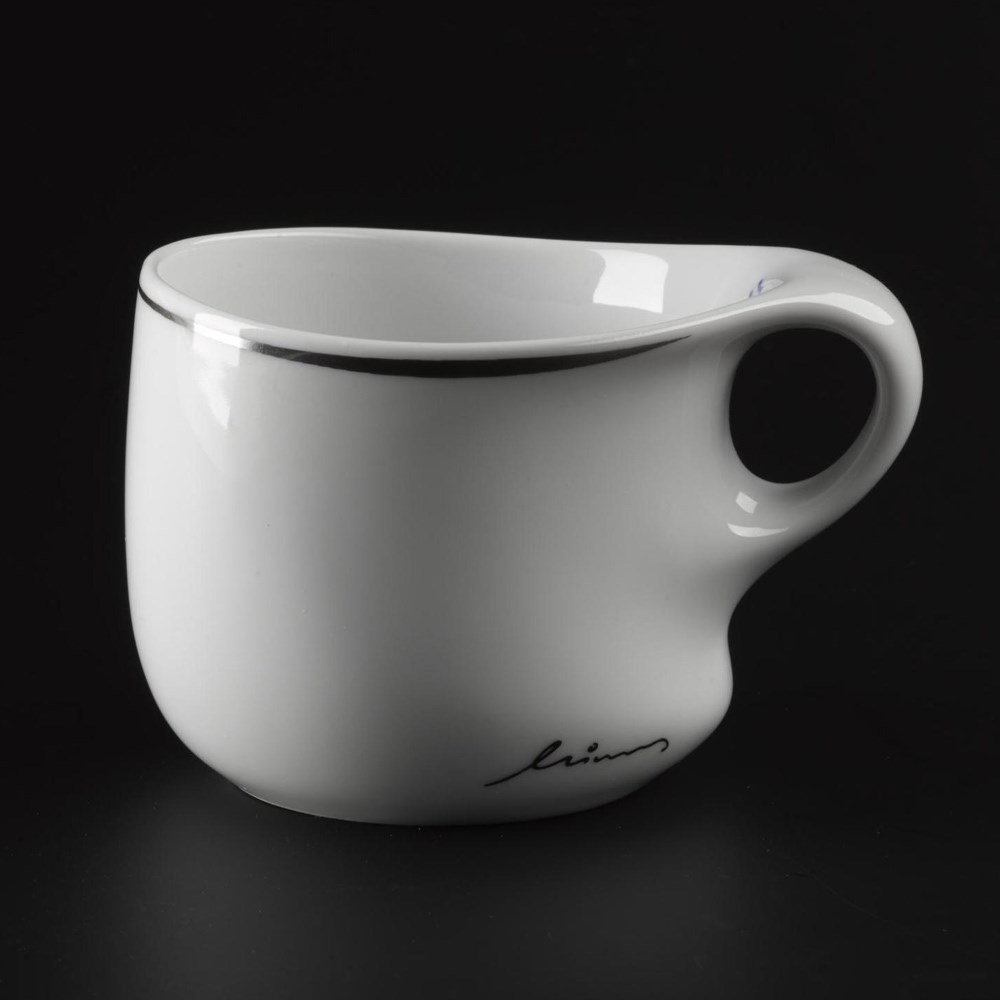
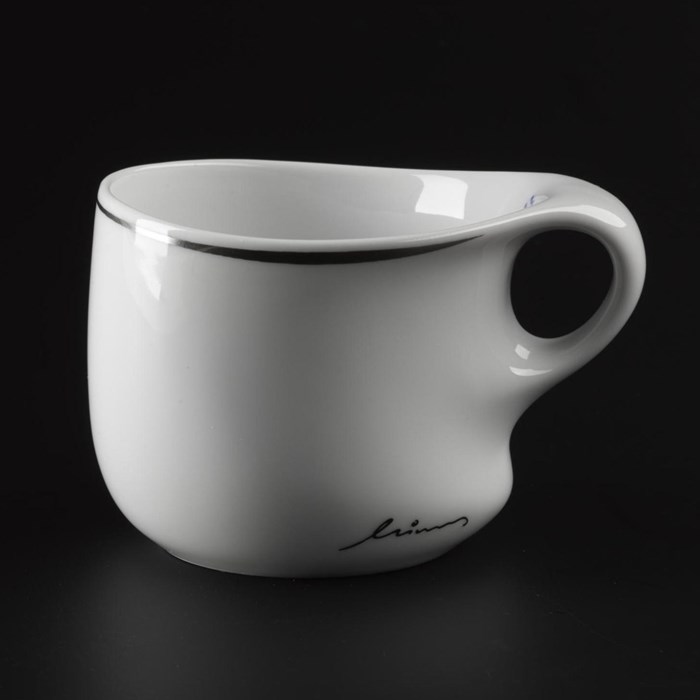
Minas Cup designed by Minas Spiridis for Royal Copenhagen, Denmark, c.1990's
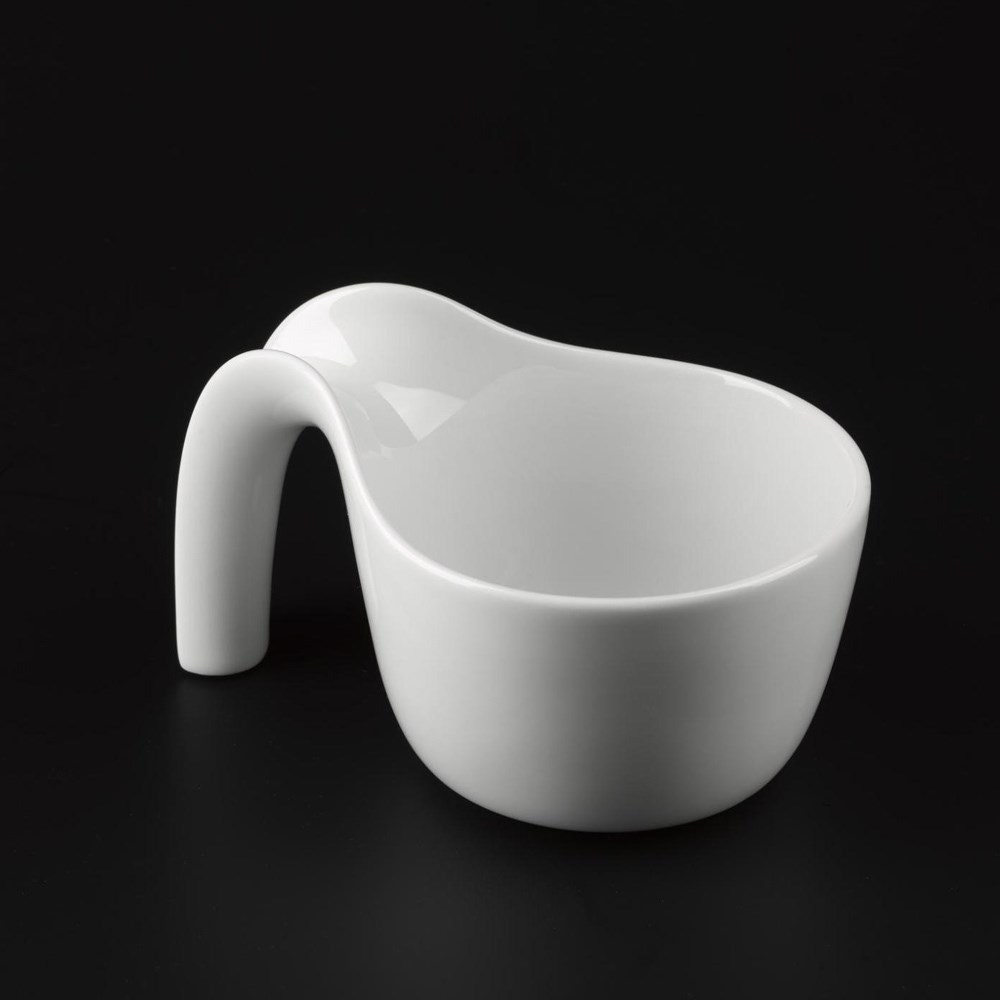
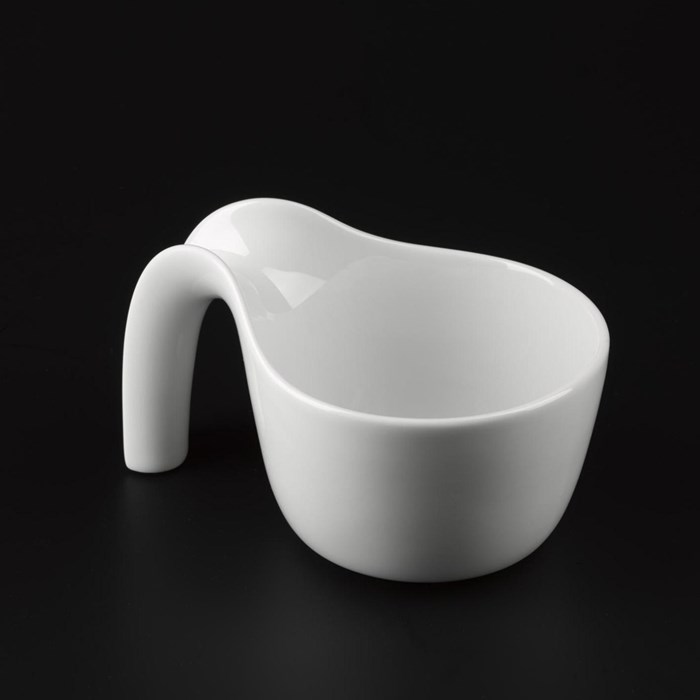
OLE mug, designed by Ole Jensen for Royal Copenhagen, Denmark, 1997